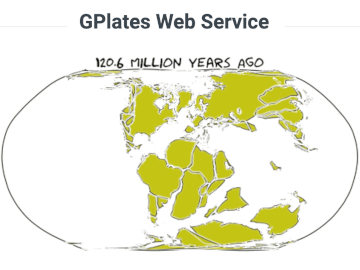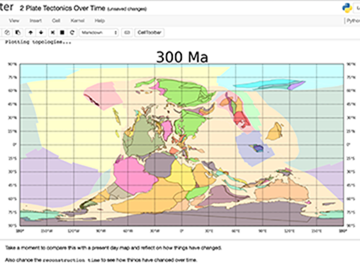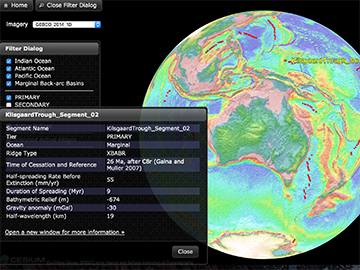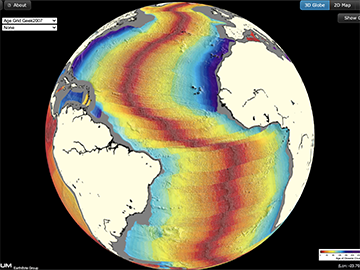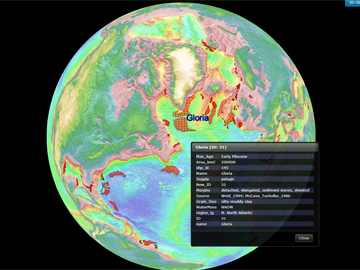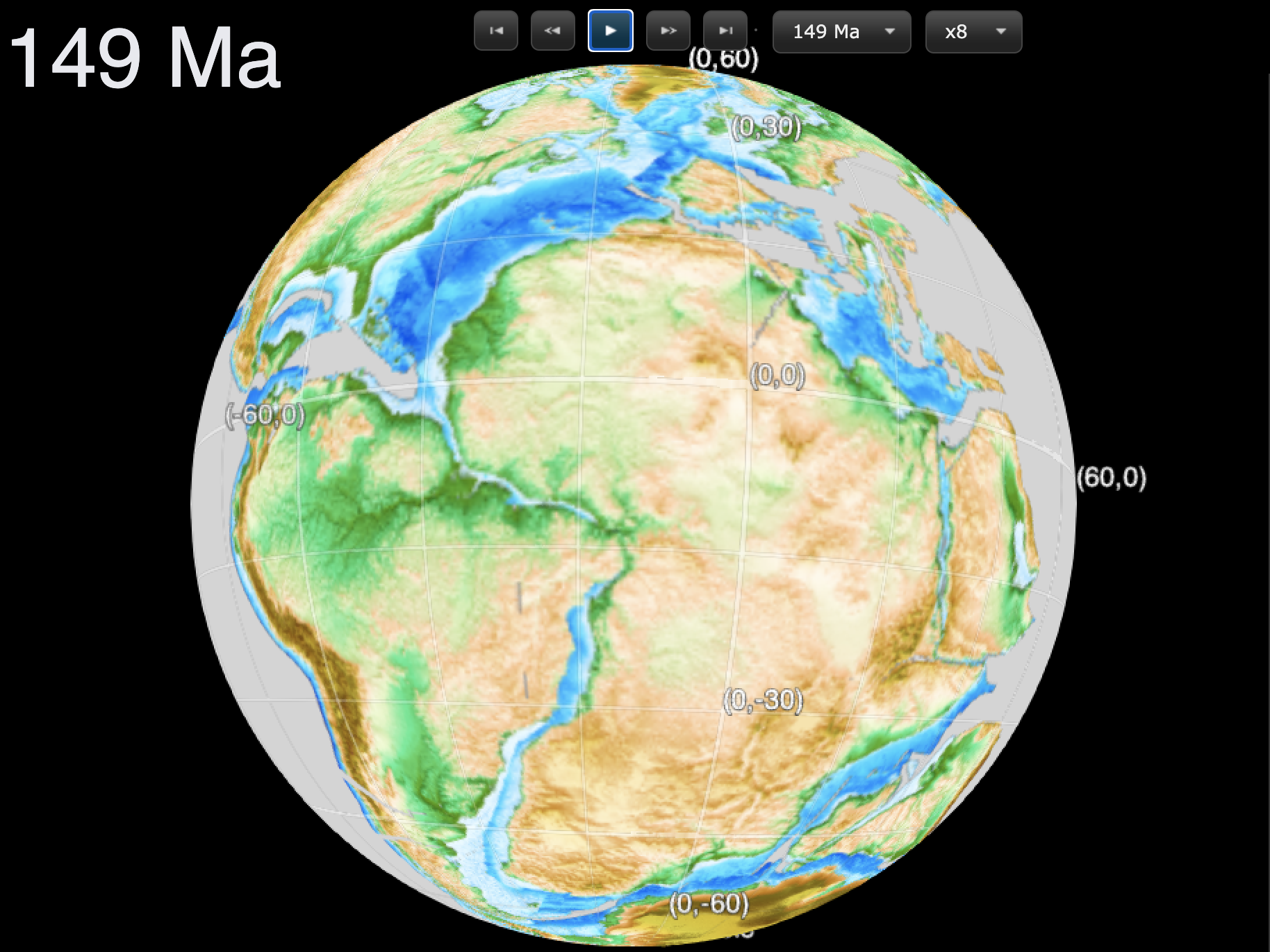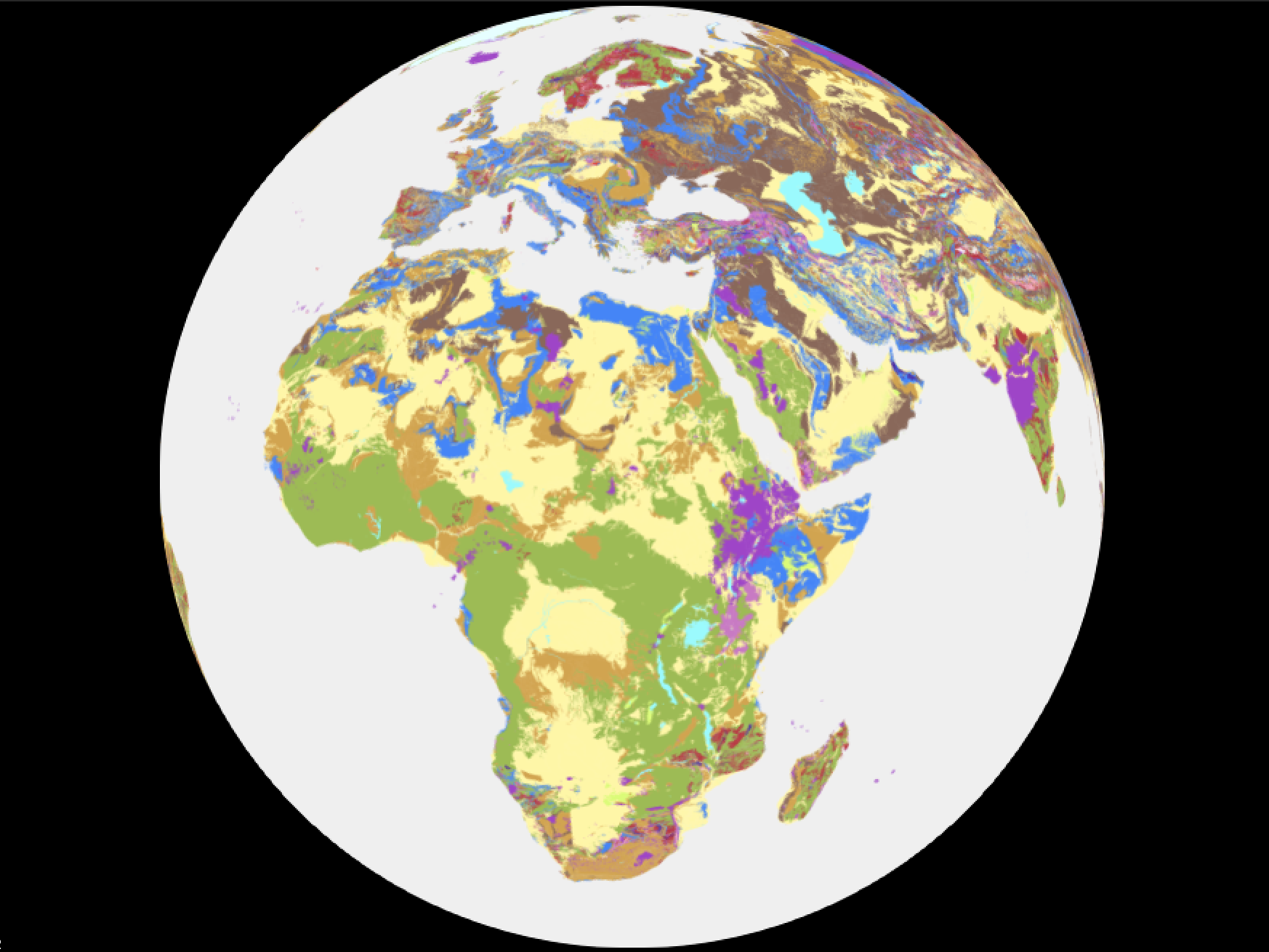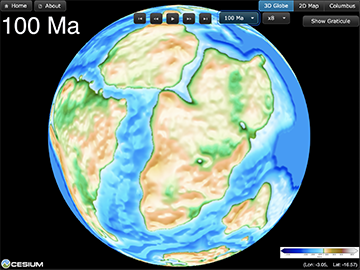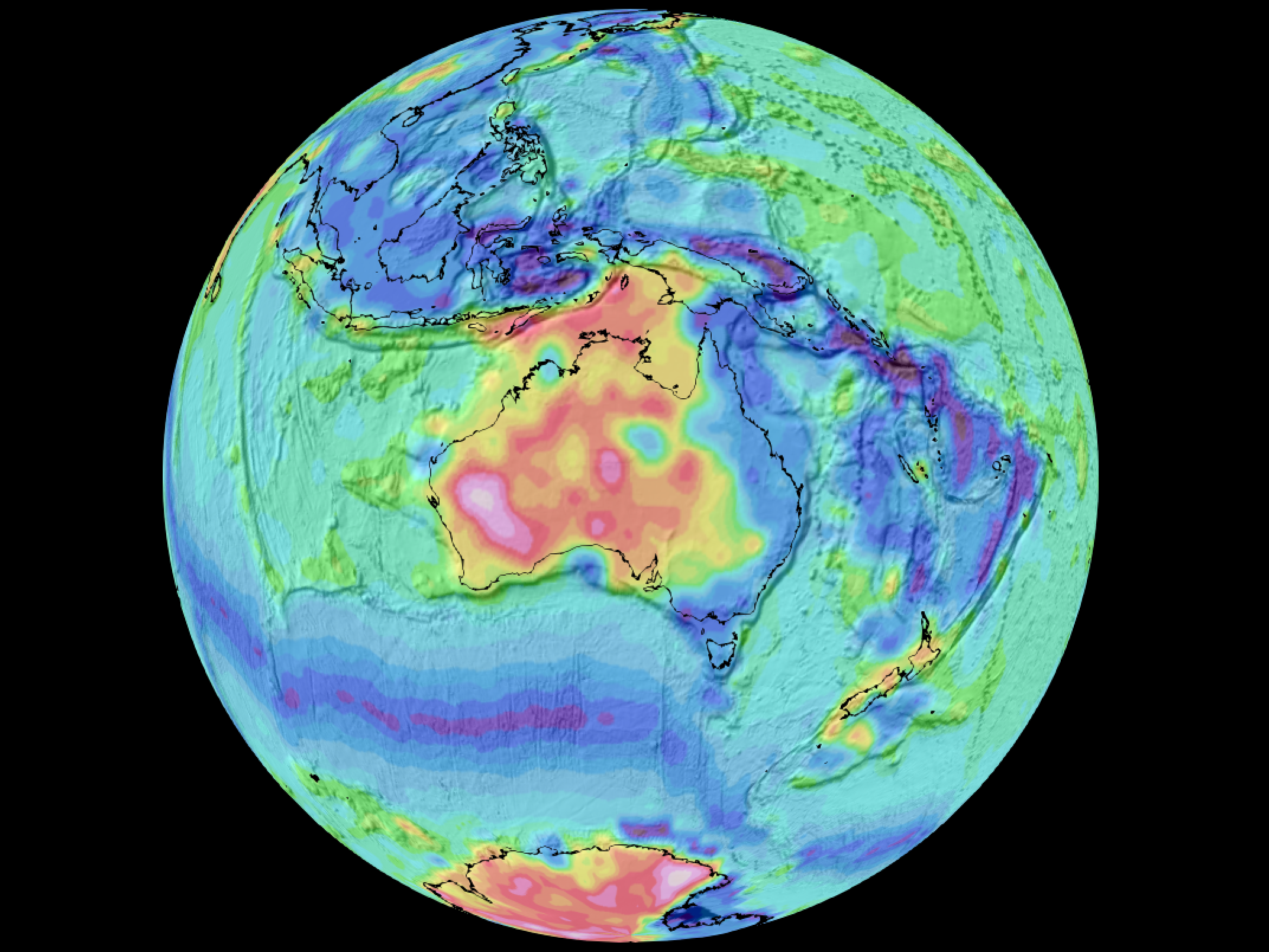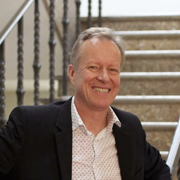
Professor of Geophysics
Dietmar Müller
The University of Sydney
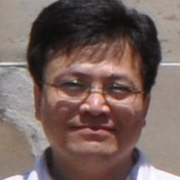
Web Architect & Developer
Xiaodong Qin
The University of Sydney
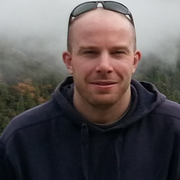
Future Fellow
Simon Williams
University of Tasmania
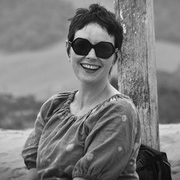
Future Fellow
Adriana Dutkiewicz
The University of Sydney

Senior Research Engineer
Simon O'Callaghan
Data61
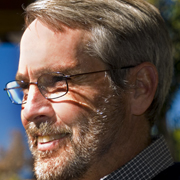
Professor of Geophysics
David Sandwell
Scripps Institution of Oceanography
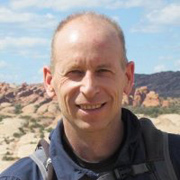
Senior Scientist, Geomagnetism
Stefan Maus
(CIRES) University of Colorado
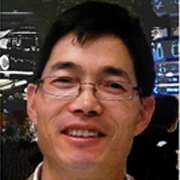
Professor and ARC Laureate Fellow
Zheng-Xiang Li
Curtin University
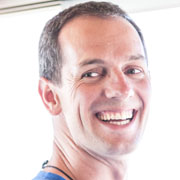
Associate Professor
Nicolas Flament
University of Wollongong
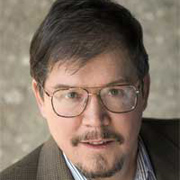
John E. and Hazel S. Smits Professor of Geophysics
Michael Gurnis
California Institute of Technology
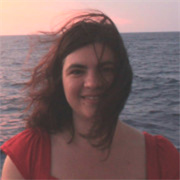
Associate Professor
Maria Seton
The University of Sydney
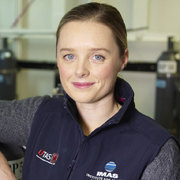
Associate Professor
Joanne Whittaker
IMAS, Univ. of Tasmania
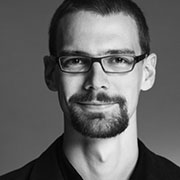
Senior Scientist and Head of the Geodynamic Modelling Section
Sascha Brune
GFZ German Research Centre for Geosciences
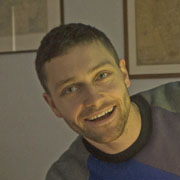
Senior Research Informatics Officer
Nathaniel Butterworth
Sydney Informatics Hub
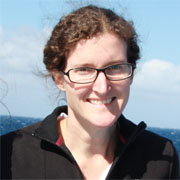
Sarah MacLeod
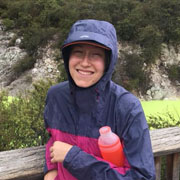
Flood Forecaster
Mandi Thran
Bureau of Meteorology
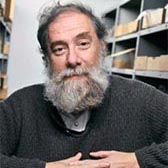
Adjunct Professor
Christopher Scotese
Emeritus, University of Texas
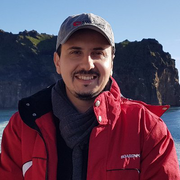
ARC DECRA Fellow
Dr Sabin Zahirovic
The University of Sydney
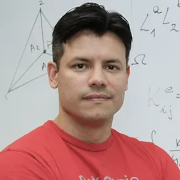
A/Prof.
Juan Carlos Afonso
ITC, University of Twente





